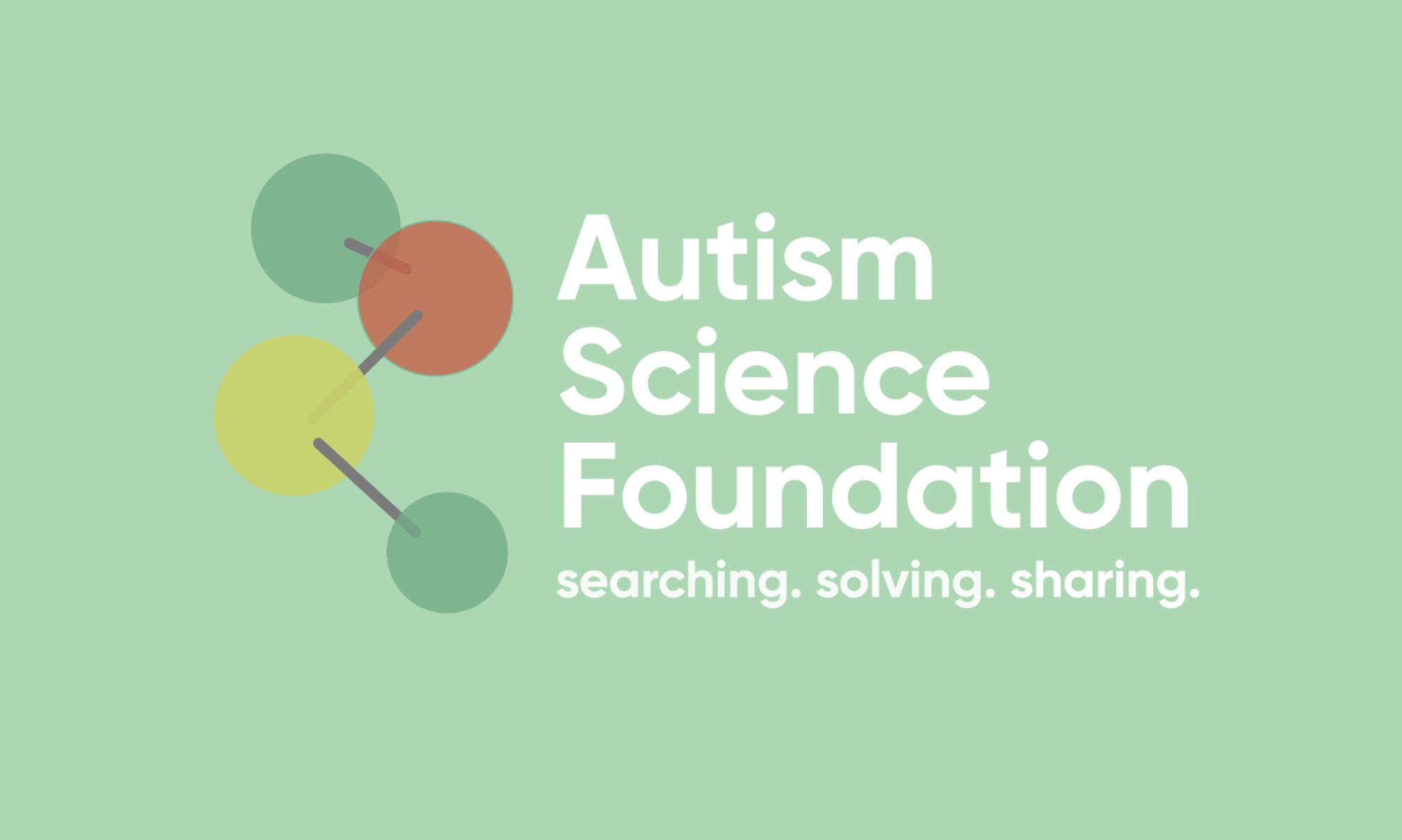Podcast: Play in new window | Download
Subscribe: RSS
With hundreds of genes, thousands of environmental factors, and now sex being variables in determining risk for autism, where should science start? Over the decades researchers have been able to start narrowing down the combinations based on specific behaviors of interest, genes, and mechanisms which may narrow down which gene, which environmental factor and which sex. Dr. Sara Schaafsma and Dr. Donald Pfaff from Rockefeller University combined the three, and found that epigenetic changes in an autism risk gene called contact in associated protein like 2 contributed to elevation of risk for autism behaviors following maternal infection. In other words, being male and having the mutation produced small changes, increased by the environmental factor. In another separate study, Dr. Keith Dunaway and Dr. Janine LaSalle at UC Davis used brain tissue to look at a rare variant for autism on chromosome 15. Typically, mutations of this area of the genome are thought to cause autism. However, the effects of these mutations are also increased when environmental factors are present, leading to more de novo mutations. These are all examples of scientific breakthroughs that are helping better understand what causes autism. Even when it looks like one thing, it’s multiple things.
